Become a member today to receive early access to stories like this one, plus plenty of other benefits and behind-the-scenes experiences with the Library.
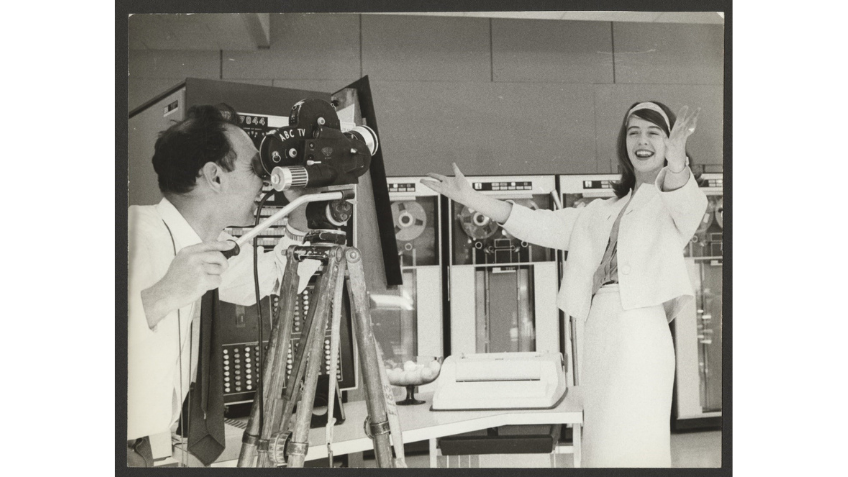
Television’s introduction in Australia occurred in late 1956 after many years of experimentation and observation of other countries, who forged ahead with the medium (for example the United Kingdom began official broadcasting in 1936). There was interest in Australia during the embryonic days of television broadcasting overseas – the Melbourne based RadioVision magazine was in print between 1928 to 1929 and discussed the technology and examples of local experimental transmissions.

Though television was not to make it to Australia for years, articles in local magazines and newspapers from the 1920s onwards reported on the steady growth of television broadcasts overseas, with pundits speculating how the new medium might operate here.
Television demonstrations held over the years helped to whet the appetite for locals, but the federal government seemed in no rush to implement television broadcasting in Australia. Melbourne newspaper The Herald was not backward in coming forward to announce their displeasure at the slow process for the arrival of television here.
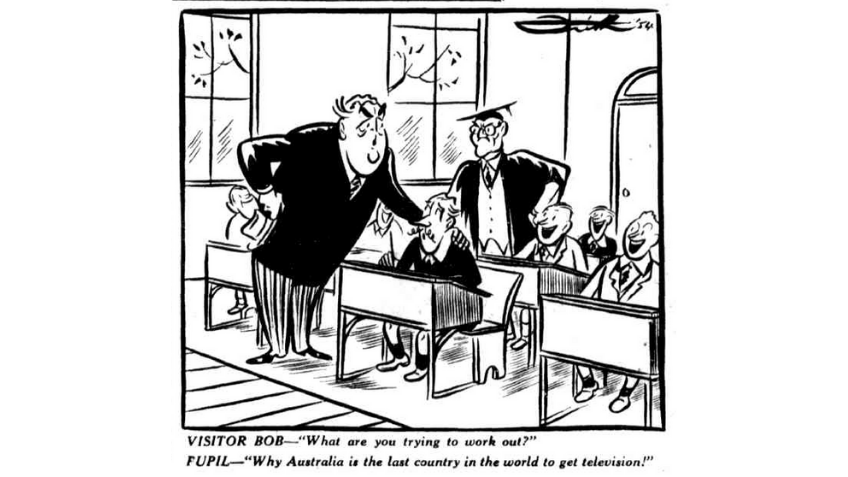
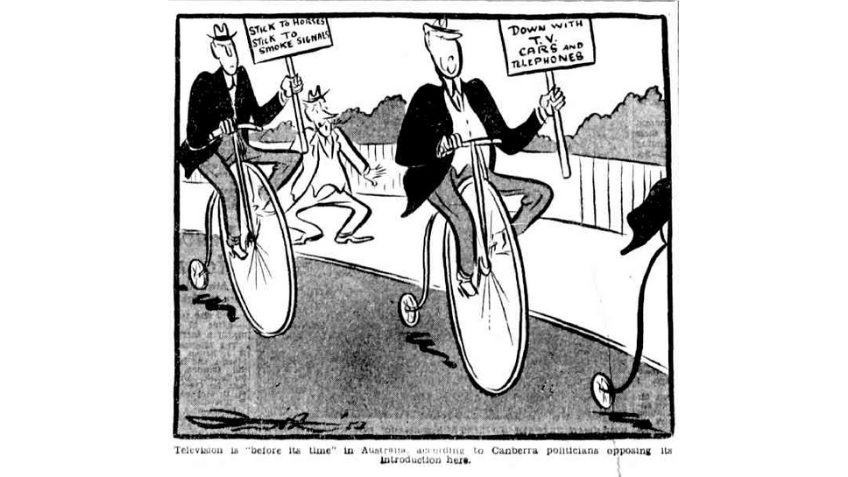
It took until 1954 for the Australian government to agree to provide television licences, and it was no surprise that they were awarded to established media companies. In Melbourne they were awarded to Herald and Weekly Times (owners of The Herald and The Sun) who created HSV7, whilst the other daily papers The Age and The Argus (with a broad spectrum of theatre, radio and manufacturing interests) created GTV9. The Australian Broadcasting Commission (ABV2) held Melbourne’s government licence allotment.
These three broadcasters showed the Melbourne Olympic Games in late November 1956 (the first Olympics to be broadcast on television), though it was HSV7 who first officially went to air November 4, 1956, closely followed by ABV2 on November 19 (The Argus 20 November 1956, p 3), then GTV9 on January 19, 1957 (The Age 21 January 1957, p 3).

Broadcasters found that their Melbourne based signals (sent from Mount Dandenong) went far and wide into country Victoria, however, the federal government was keen to start new stations in country areas that were run by country businesses. From 1961 to 1962, stations in Bendigo, Ballarat, Traralgon, and Shepparton were broadcasting and included original content tailored for country viewers.
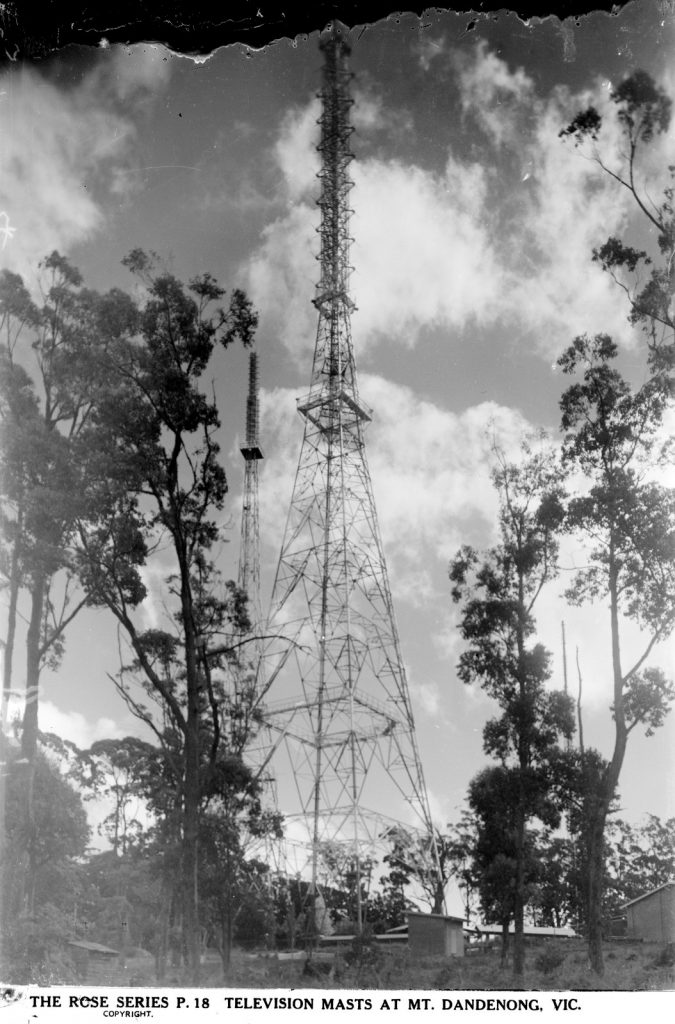
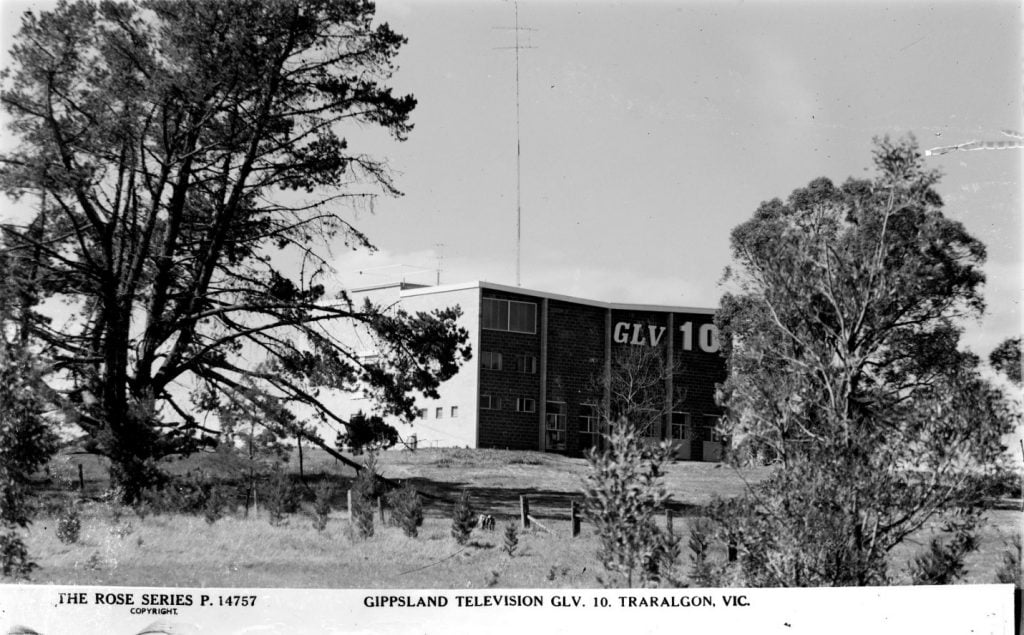
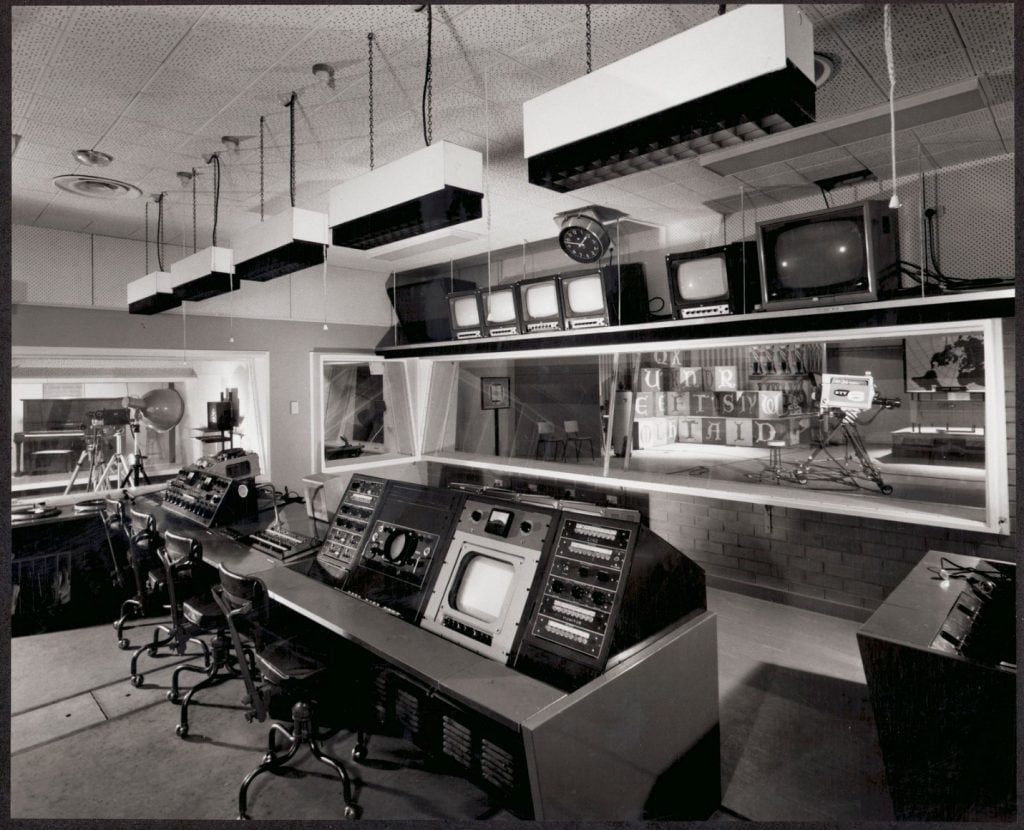
Local manufacturers (including those who made radios) became television manufacturers. These included the Electrical Industries Company, who not only made televisions; they bought a share of the GTV 9 licence when The Argus was sold to the Herald Weekly Times in January 1957.
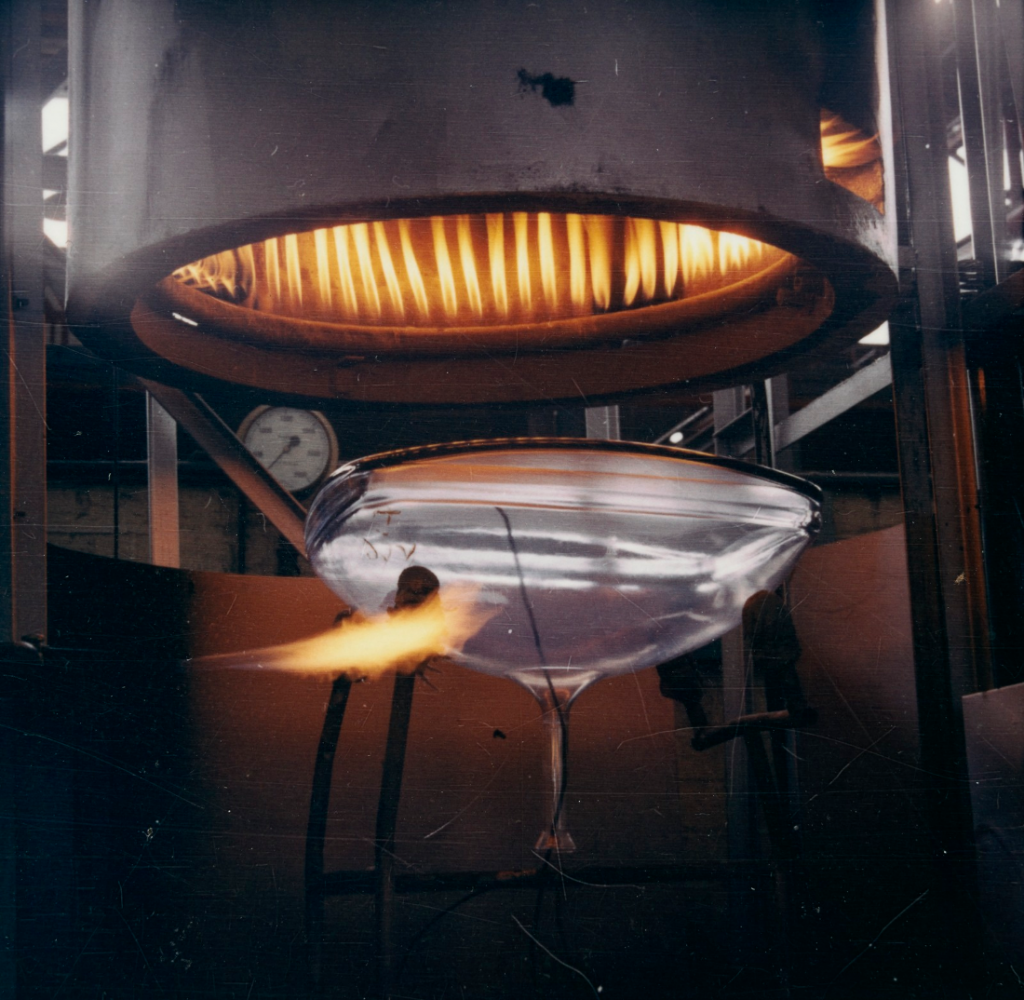
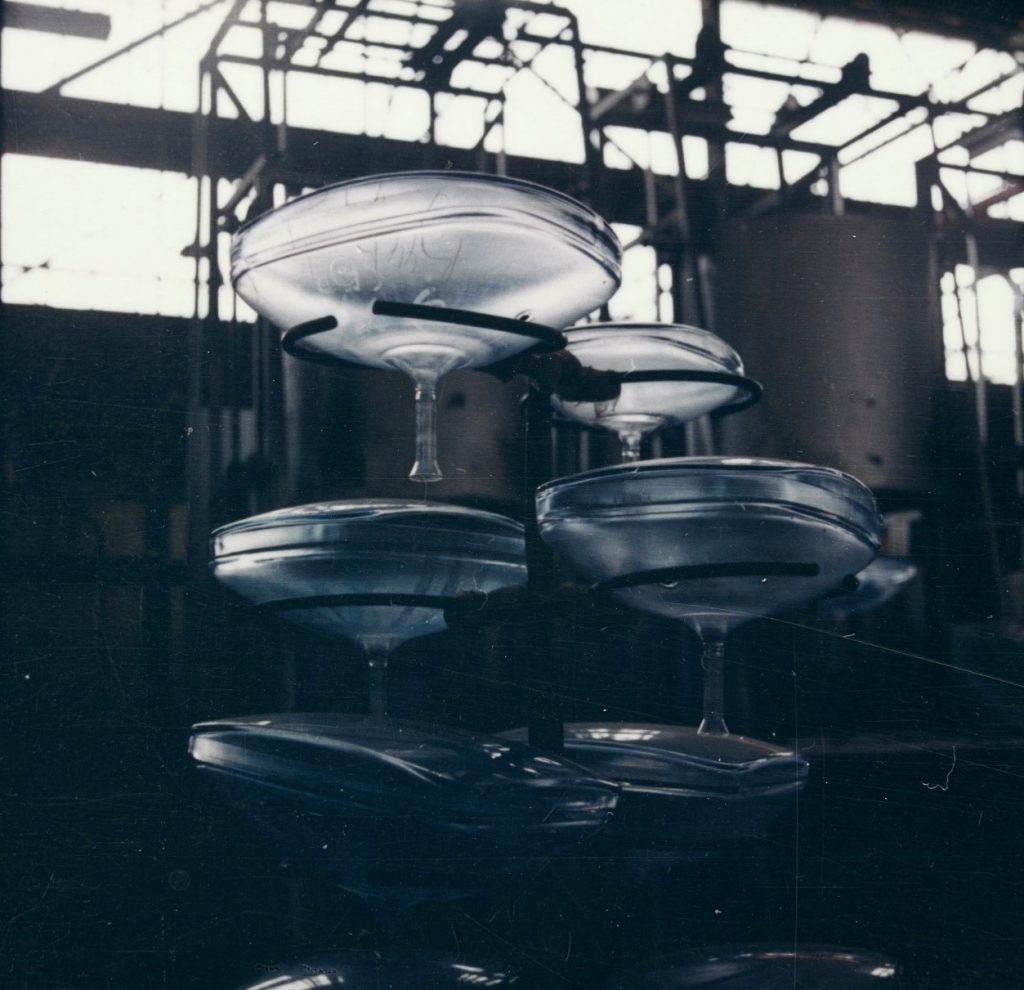

The power of image on television meant that having attractive hosts and actors was important. Hiring Henry Talbot, one of Melbourne’s leading commercial photographers, was a guarantee of quality photos of these personalities. State Library Victoria holds numerous Talbot photos of television actors, personalities, and others involved in the industry.
Talbot’s cheeky portrayal Graham Kennedy, the ‘King’ of Melbourne television, fits well with Kennedy’s public persona, whilst he captures actor Monica Maughan grace and intelligence.

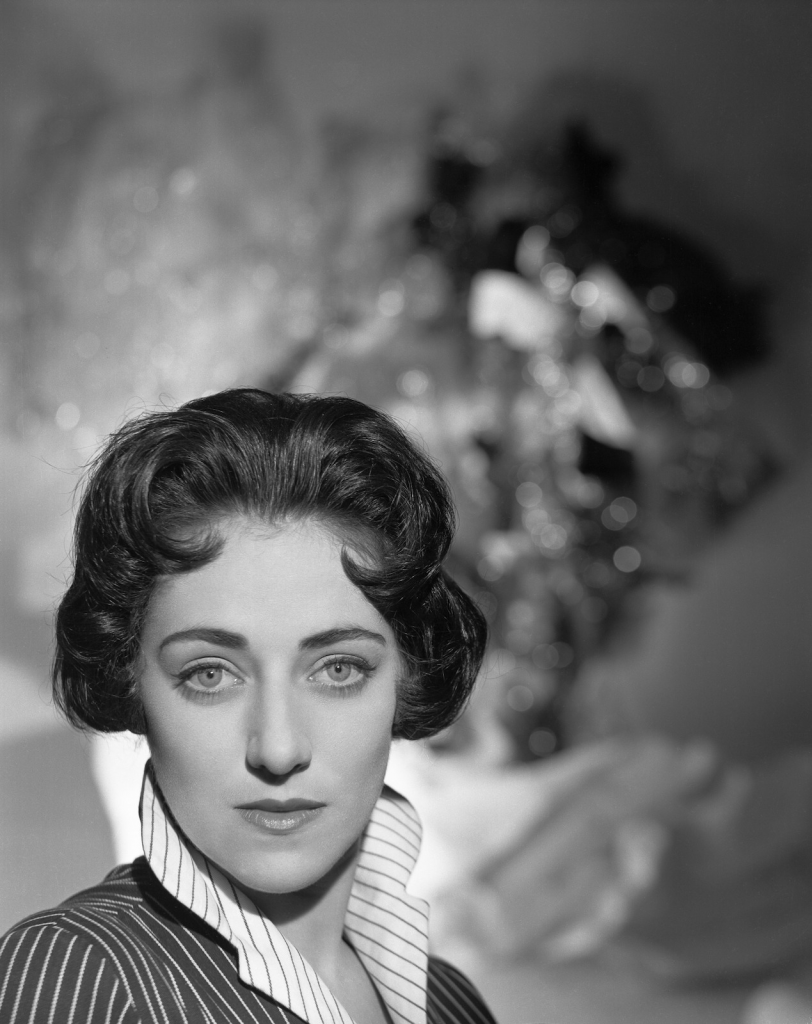
Talbot, known for his fashion photography, took photographs that show how advertising engaged with television. The Mooney advertising agency had set up a ‘television room’, perhaps to ponder just how commercials would work in a home setting. The arrival of television ushered in a boom time for advertising agencies in Australia.
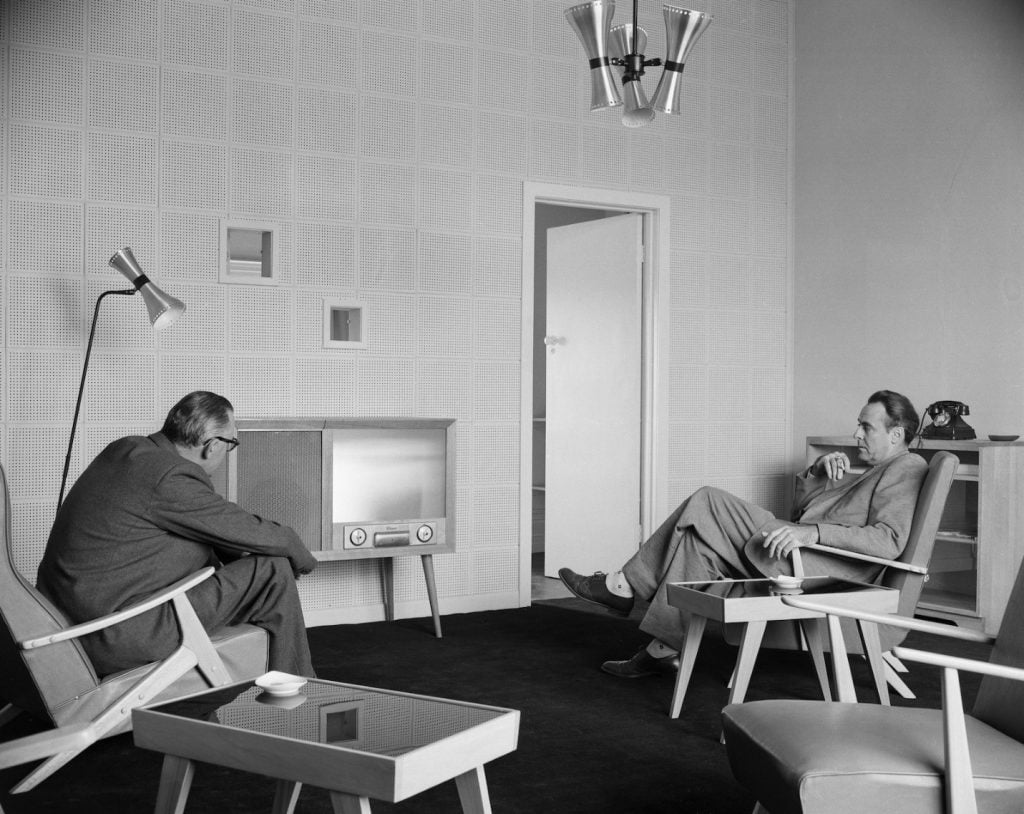

Television sets were a status symbol back in the early broadcasting days. Stories about the first house in a street owning a television being inundated with guests were common.
Homes photographed by Wolfgang Sievers and Ernest Fooks showed that the TV commanded a supreme place for the wealthy and could look pretty good too. By the 1980s television would become ubiquitous, affordable and (with some innovation) very portable.
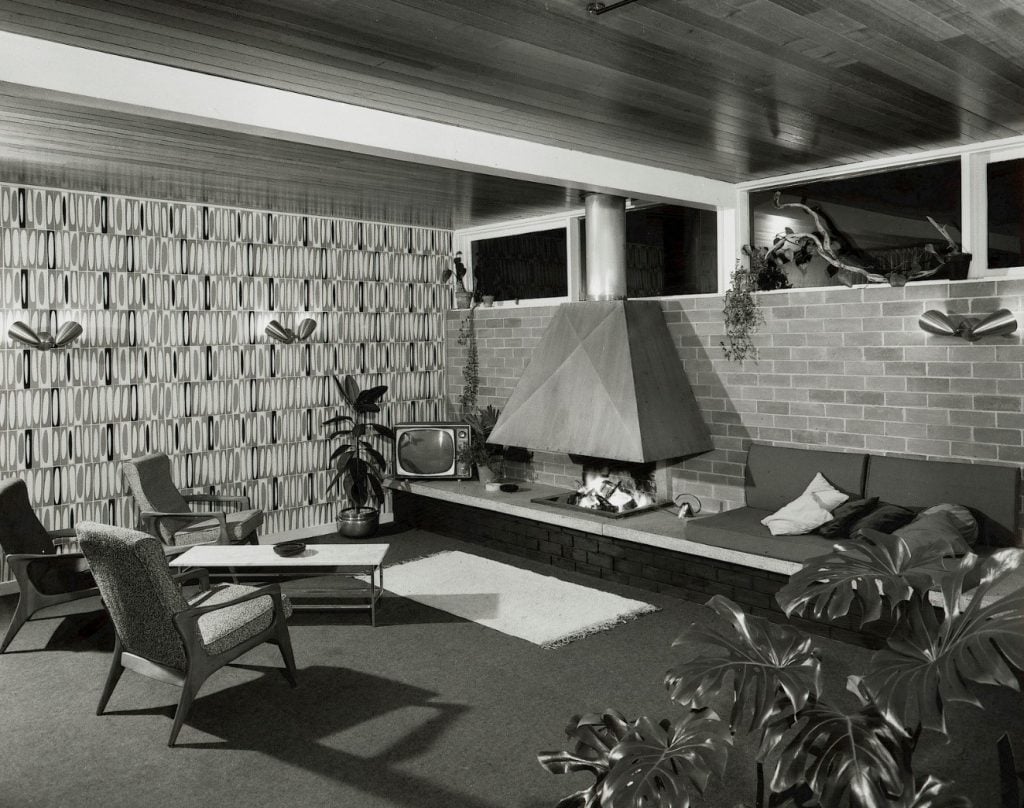
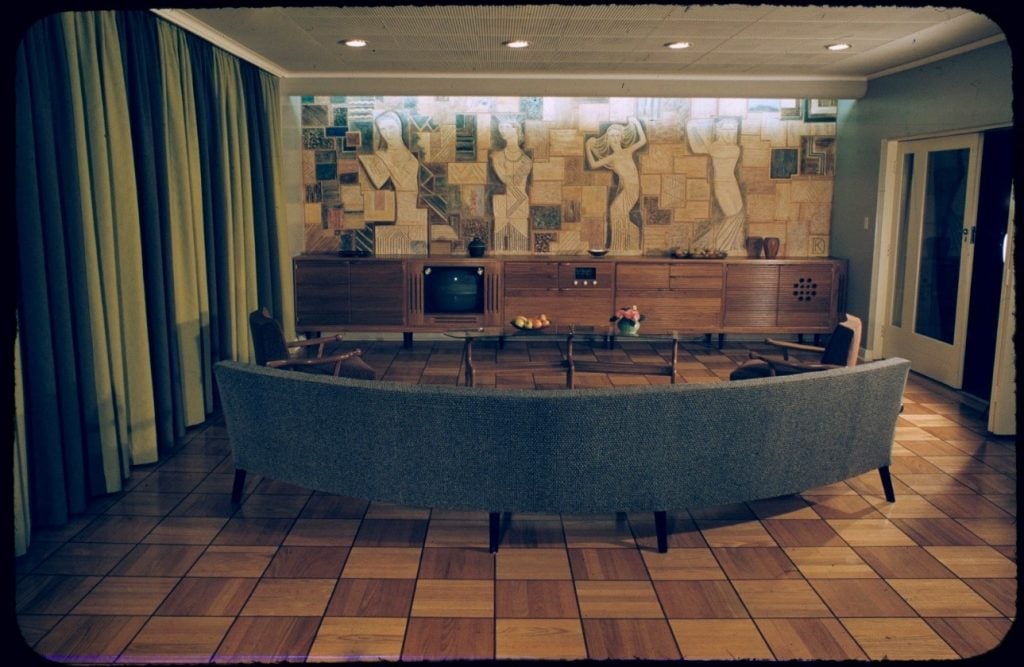
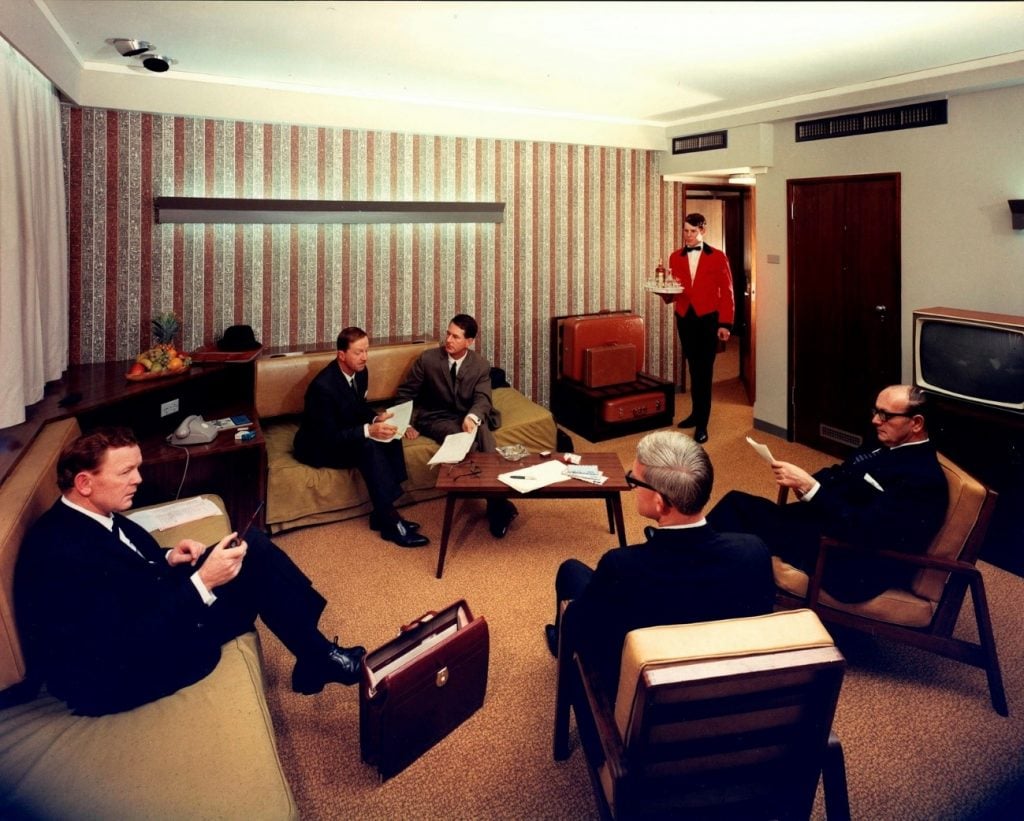

H2010.104/2413
All Henry Talbot images in copyright and reproduced with kind permission from Lynette Anne Talbot
Further reading
- C-Scott, M, 2019, ‘The prelude to television in Australia’, Historical Journal of Film, Radio and Television, vol 39, no 1, pp. 132-146.
- Groves, D, 2004, TV houses : television’s influence on the Australian home. Black Jack Press, Carlton North, Vic.
- ‘TV official opening’, The A.B.C. Weekly. Vol 18, no 44, November 3, 1956.


Terrific blog Alex, loved it.
Thanks for your kind words, Gerard.
What a fantastic blog Alex! Such an excellent selection of images too!
Great piece Alex.
Thanks for citing my article too.
Television came to country Victoria years after it came to Melbourne. I was a small child in a little country town when the first TV arrived in 1963. I remember the children’s program, the Cohn’s Cobbers Teleclub, where children sat on large alphabet blocks and were interviewed by a young compere. (I think his surname was Brody). The compere was also a ventriloquist. There was always a large bottle of Cohn’s soft drink with frequent promotions. The Lone Ranger was a favourite program.